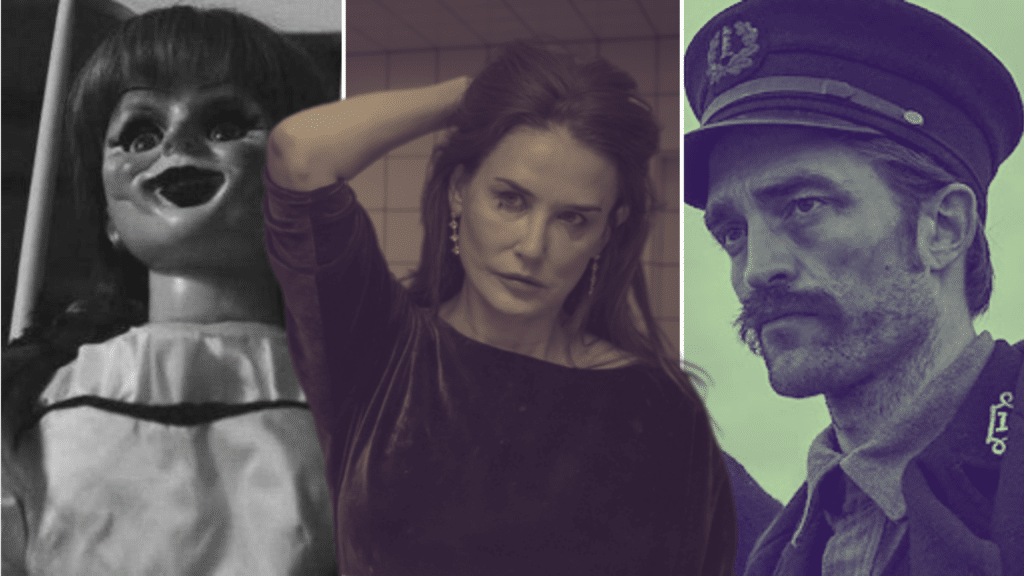
Why tropes matter in horror
Well, strictly speaking, tropes are found in every genre: elements that we expect to find in certain types of stories. They help us recognize what sort of story we’re reading/watching. However, it’s horror that relies the most on specific tropes to ensure they frighten their audience so much they don’t want to ever leave the house again.
Tropes build suspense and help evoke specific reactions in us, which for the most part, is fear in the case of horror. The horror genre plays on our collective human fears, allowing us to explore the darkest parts of the human condition. However, since the dawn of horror movies, some of the once beloved tropes have been overused and turned into – here’s that word – cliché.
A jump scare isn’t a jump scare if we see it coming, and the final girl can’t be just that if we know who she’s going to be in the first five minutes! We want our horror films to be unpredictable and scare us in ways we haven’t been before.
In this article, we’ll explore the tropes we love to see, and those which we just need to bury for good, never to be seen or heard from again.
But as always, it’s not all about us! We want to hear your thoughts on horror tropes: which ones slap, and which ones need to rot in a cold dark hovel? Join us on our social media and tell all!
Tropes we’re ready to bury
We have our shovels and are ready to dig. Welcome to Celtx’s graveyard of horror tropes. Join us… if you dare.
But it’s not all doom and gloom, as we’ve come up with ideas for twists that could change the fate of some of these tropes. Look out for our TERROR TWISTS!
Final Girl
Our first trope into the coffin… final girl. Originating in 1930s slasher movies, final girl is just that, the last surviving character who’s left to face the antagonist (sometimes they survive, sometimes they don’t). The term was first coined in the 1992 book Men, Women, and Chainsaws: Gender in the Modern Horror Film by Carol J. Clover.
Yes, it was once empowering with characters like Laurie Strode in Halloween (1978) and Ripley in Aliens (1986), who was nothing short of bad ass when she rescued Newt from the clutches of the Xenomorph Queen.
In the example of Aliens, Ripley earned her stripes through character development. She formed a significant bond with the young Newt throughout the rest of the film. It made sense for Ripley to go into the lion’s den (or in this case, creepy alien nest) to save her. The final girl trope, in this case, is satisfying and makes sense!
Don’t be the Final Girl without a script!
Plan your perfect horror film from start to finish with Celtx!
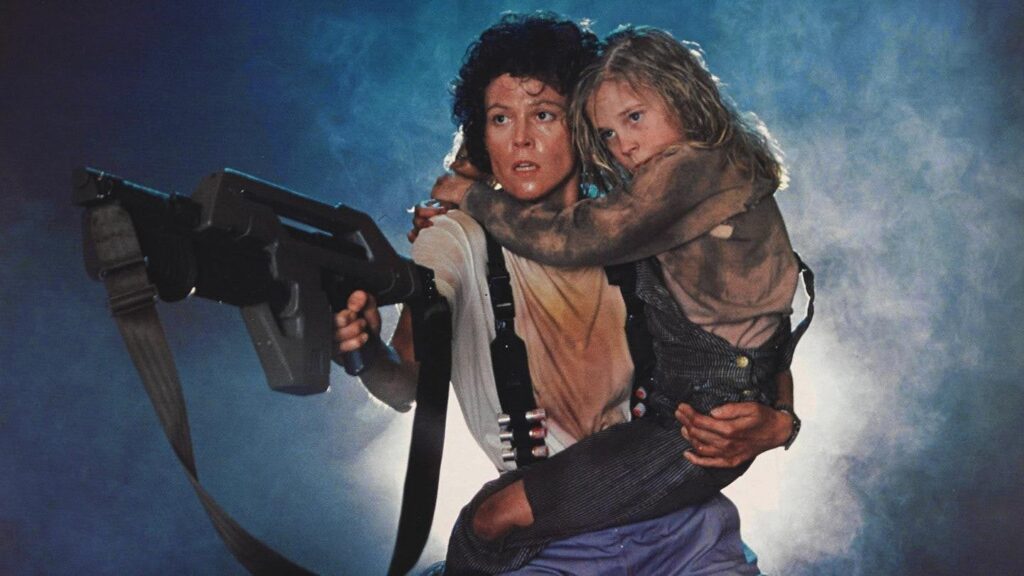
Despite its original popularity due to the thought that audiences would struggle to identify with a male counterpart in a similar situation, final girl has received much criticism over the years for being grounded in misogyny and a lack of character depth or development.
The Cabin in the Woods (2011) even made fun of the trope, implying that her survival is usually for plot convenience, rather than through her own action/reaction.
Related Celtx Blog: What is a Trope in Movies? Recognizing Common Themes
The final girl (Dana in this case) is usually forced into her role. However, the ritual needs her to survive. The decisions Dana makes in this movie actually make a difference, rather than events just happening to her. For example, she’s forced to decide whether to kill the other female survivor, Marty. She refuses, and her decision impacts the rest of the plot.
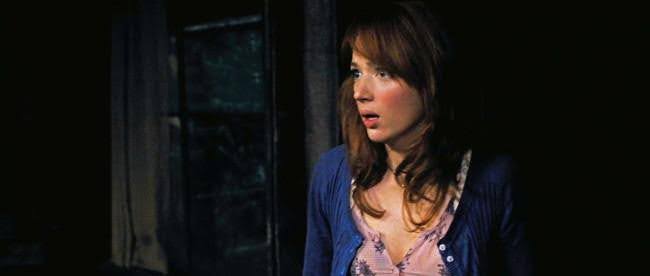
Barbarian (2022) also managed to pull this off, with protagonist Tess struggling throughout the entire movie – nothing is convenient or falls into her lap. The dynamic between her and antagonist, Mother, is also very different from what we’re used to. Instead of a man in a creepy mask, Tess must navigate an emotionally and physically scarred person with a whole backstory of their own.
Despite these two fairly recent successes, unless final girl gets a makeover, we’re done.
TERROR TWIST: Maybe the final girl isn’t always a lone survivor? Maybe she’s not a girl at all? Maybe she turns out to be the killer?
Creepy Kids
In theory, this trope should be one that plays most into our fears, especially for all the parents out there. Nothing goes against nature more than a child being malevolent, possessed or violent. In horrors, they usually have more knowledge than we’d expect, sometimes more than the adults they’re terrorizing. From The Omen (1976) to The Babadook (2014), creepy kids have been a recurring feature for years.
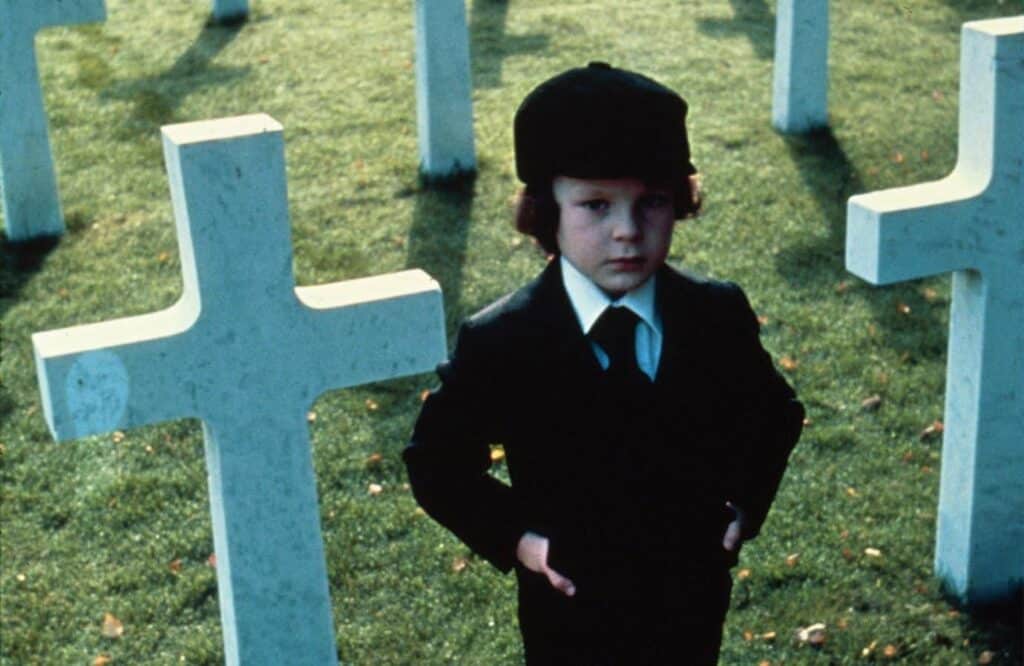
For us, the inclusion of the creepy kid now feels like lazy storytelling, with many movies relying on their mere presence instead of developing the plot. Yes, they can look terrifying, especially when they clamber out of the TV, like in The Ring (2002), but there hasn’t been much evolution in their role within the story.
We always expect the kid to be creepy now, and the lack of innovation makes it dull to watch. More focus on how the kids became possessed or evil would be something we’d love to see delved into more, but somehow, we think it’s just a little too late.
TERROR TWIST – What if the creepy child is aware of their trope status and flips it on its head? Or perhaps they’re manipulating others into believing they are evil without actually being so.
Possessed dolls/toys
Similar to the creepy kids trope, dolls and toys are usually associated with youth and innocence. Again, it has a lot of potential, but only if someone bothers to innovate it.
2014’s Annabelle was criticized for focusing too much on the surface aesthetics, rather than getting under the audience’s skin and truly scaring them. There was nothing subtle about the lead up to the jump scares, leaving little room for the development of the idea of the innocent turning evil.
Possessed by the idea for a great screenplay?
LET CELTX HELP YOU BRING IT TO LIFE
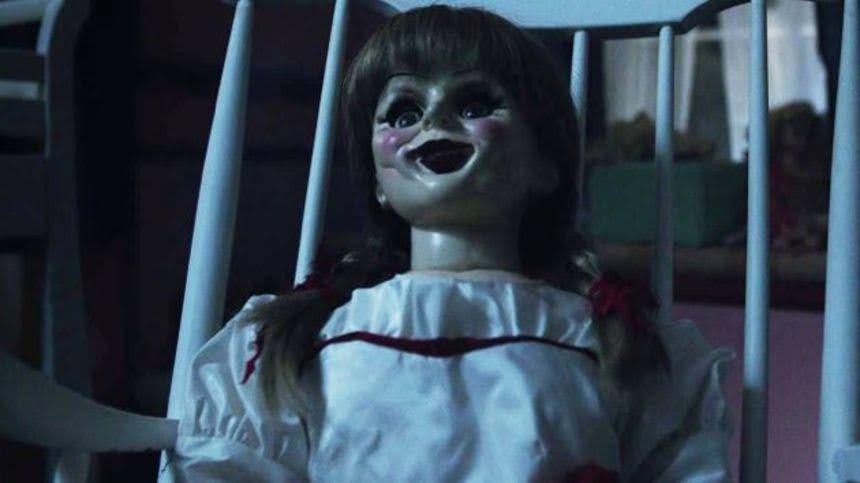
Annabelle and her counterparts, like Chucky from Child’s Play (1988), don’t even look pleasant to start with, so we automatically know something scary is about to go down.
In short, if you want to use these tropes, your story must earn them! But for now, Annabelle is going back in her box, along with all the other creepy dolls.
The Mirror Jump Scare
Whenever there’s a mirror, we know what’s coming, and when we know what’s coming, the scare has lost its punch. The mirror jump scare has also made its way into other genres, and while we’re all for combining genres, it’s still completely flopped.
There have been some new uses of mirrors in recent years. A protagonist looks in a haunted mirror in Oculus (2013), their reflection performing completely independent actions. In Longlegs (2024), the twist came in the building tension, where we expected the scare to happen, but it didn’t end up happening. More of this please!
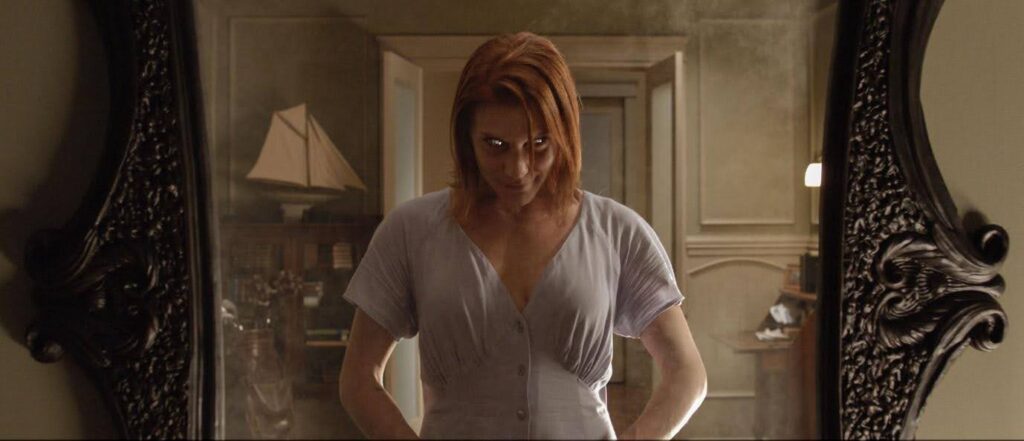
But for now, we’re going to close this final coffin…
Of course, there is one way to bring these tropes back from the dead. Can you come up with a way to refresh them and make them terrifying, without leaning into exaggerated horror elements?
Learn from the masters of the genre and check out how Scott Cooper subverts horror here.
Tropes that still work—when done right
Now let’s take a look at the tropes that have been done to death, but have been refreshed to terrify us all over again.
The Haunted House
(that doesn’t look like a creepy old haunted house)
It sounds very ‘Disney’, doesn’t it? But the haunted house has had an earned resurgence in horror.
The houses in movies like The Conjuring (2013) aren’t what you’d expect – creepy gothic mansions with creaky floorboards and a hidden cellar – but rather the suburban homes of very normal families. By placing the supernatural in familiar environments and suggesting its interference in our everyday lives, audiences relate to the fear even more.
It doesn’t even need to be a haunted house; Event Horizon (1997) takes place on a spaceship, and The Black Mirror: Playtest (2016) episode’s house is a product of virtual reality.
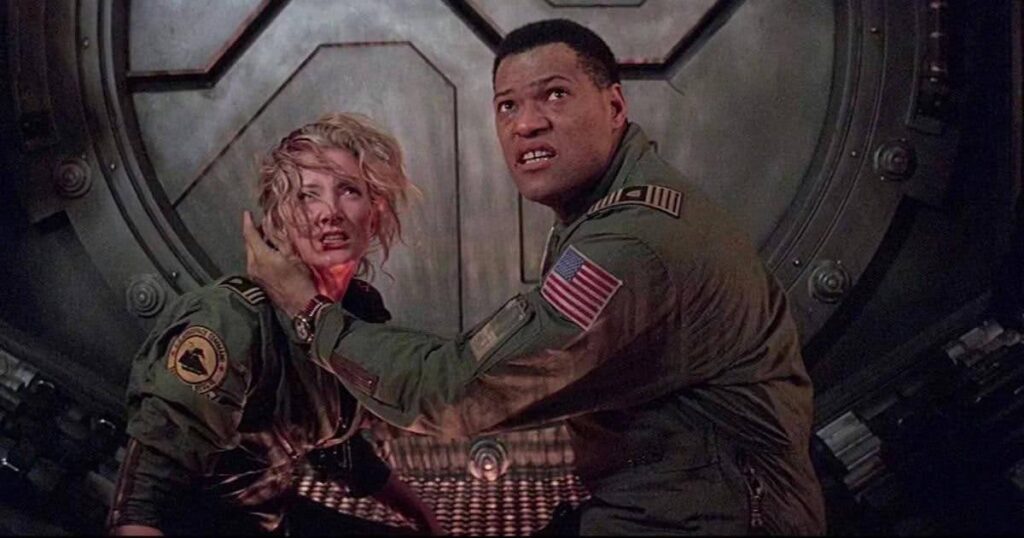
The atmosphere of these places, and the tension built throughout their environments and the story collectively, means there are no cheap scares to be found.
How would you reinvent the haunted house trope?
Mirror scares? Overdone. Writing your next screenplay with Celtx? That’s a twist we can get behind.
Start today!
Body Horror
A sub-genre, body horror focuses on the grotesque mutilation or destruction of the body, tapping into our human fragility. It’s perhaps one of the most evolved tropes in the horror genre.
Films like The Fly (1986) take this to another level, focusing on the psychological impact of transformation as the protagonist is transformed into a fly-human hybrid. This idea of identity as well as physical existence cuts deeper than a simple body horror.
Social commentary has also become a huge part of horror. Get Out (2017) explores themes of cultural appropriation and identity with the surgical implanting of consciousness existing under the sinister guise of systemic racism. Identity as a commodity and ownership of the body are explored.
Upcoming release The Substance (2024) starring Demi Moore also turns the body into the source of terror, despite every mental effort.
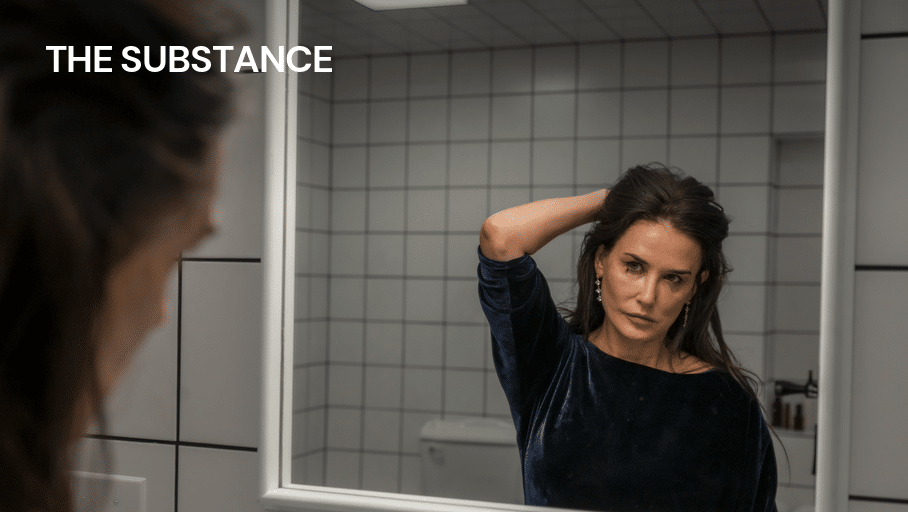
Isolation/Claustrophobia
As we’ve already explored, horror delves deep into our psychological fears. As social creatures, humans aren’t built to be isolated. Over the years, horror movies have explored the terror of what isolation can do to a person, and how they act in response.
The Lighthouse (2019) explores the social isolation of two lighthouse keepers on a remote island, and the psychological tension between them as they slowly lose their sanity. By removing all other sources of human interaction besides each other, their characters are left to descend into turmoil, resulting in devastating consequences.

10 Cloverfield Lane (2016) plays on the fear of the unknown, the protagonist confined to an underground bunker, unsure of the truth in the outside world. Their uncertainty about their safety is something we can all relate to, and only ramps up the fear for the audience.
How Viral Marketing is Re-Shaping Horror
We know that digital media has a huge impact on film marketing, but filmmakers are becoming more creative with how they market their movies, especially in the horror genre.
Publicity stunts, such as actors smiling eerily at baseball games to promote Smile (2022), and actors lying in random places smothered by facehuggers prior to this summer’s release of Alien: Romulus (2024), helped generate buzz and contributed to the movies’ success.
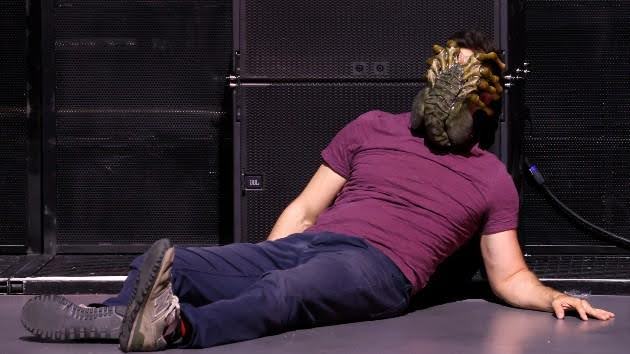
Guerilla marketing like this is unconventional, but it works!
Promotion in the form of memes and viral moments, like clips from Bird Box (2018), have given horror films a presence far beyond the movie theater. Memes were planted across the internet, drawing people to its release on Netflix. Now, the film was deemed average, but the attention garnered drew audiences, not just to the movie itself, but also to Netflix as a streaming service.
Is this the beginning of a new trope? Will viral moments make horror movies successful? Watch this space!
Writing the next Bird Box?
Don’t keep your audience in the dark—use Celtx to craft a story they won’t want to look away from!
Conclusion
In short, we must keep horror fresh, and audiences scared out of their minds! But, to do this, we need a balance of respecting classic tropes while pushing boundaries. Movies like Skinamarink (2022) successfully adopt this approach and challenge conventions.
With so many movies out there, we must focus on originality and harness our creativity to create fresh and exciting horror movies. That’s where Celtx comes in (you knew it was coming!) Our tools can help you innovate your horror narratives, from idea inception, to beat sheets, to storyboards, all the way to your final day of filming.
Also make sure to check out part 1 of our dedicated blog all on writing horror.
As creators and viewers, it’s essential to think critically about the tropes we encounter, recognizing that true terror often lies in the unexpected.
Join the conversation! Which horror tropes resonate with you, and which ones do you think deserve to be buried in our trope graveyard? Share your thoughts on our social media channels!
Hooked on horror? Dive into more chills and thrills here!
- 10 of the Best Hidden Horror Gems (According to Celtx)
- The Evolution of Horror
- How to Write Horror | 8 Easy Tips

